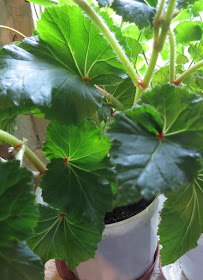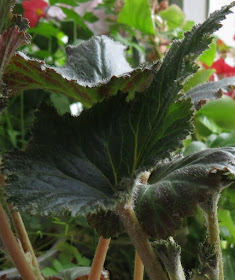Today I'd like to show you the collection of jewel. The author is Paula Crevoshay, she is a master of her craft, artist and designer of many wonderful jewels. The richly colored they are the product of her deep understanding of mineralogy, gemology, the work of carving and cutting stones.
Minerals and gems she uses in her work are naturally occurring inorganic solids made of chemical elements that have bounded together in a specific patterns. The most common gems that Crevoshay uses are:
gold,
sapphire (rainbow colors),
tourmaline (green-blue-red),
diamond (steel gray, white, blue, yellow, orange, red, green, pink to purple, brown, and black),
amethyst (pink),
tsavorite (bright green),
ruby (dark red),
rubelite (from red to shocking pink).
Paula Crevoshay is inspired by nature. Therefore her jewelry often takes the form of a plant, insect or animal. Natural processes create minerals, and she cuts, polishes and sets gems in her masterpieces.
Sapphire Montana was discovered by gold miners curious about the small colored stones clogging up their equipment. It's known for its rainbow array of colors. It took Crivoshay several years to gather enough Montana sapphire to create the pink flower.
Main tourmaline has one of the widest rangers of any mineral because of this it was confused with other gems. Main tourmaline is known for its green hue though it can be any color.
This jewelry collection was presented at the Museum of Natural History in Los Angeles in 2019. I hope you enjoyed these amazing things and you probably would have chosen something for yourself :-))
Click to enlarge the photos to watch the jewelry.

























